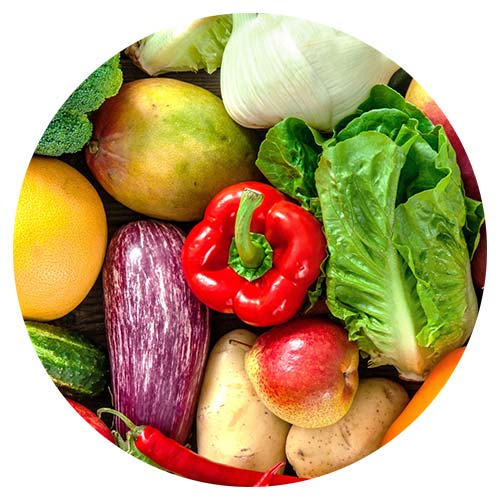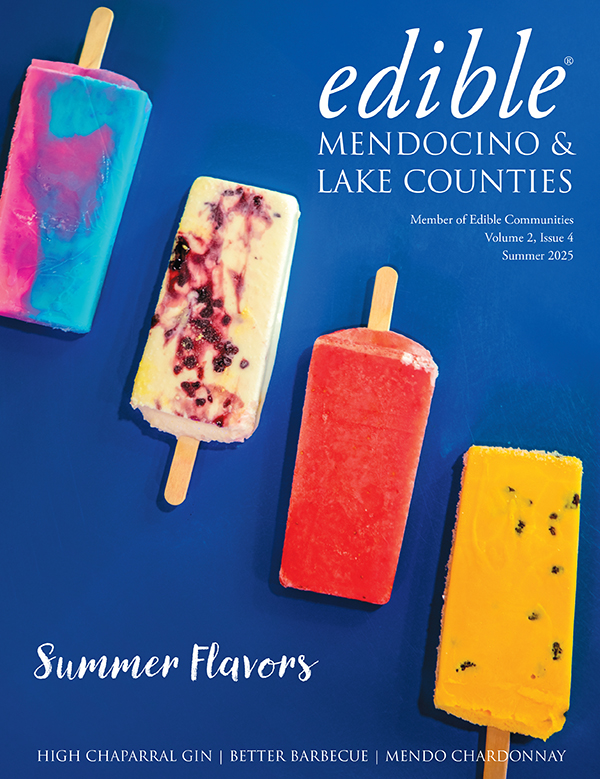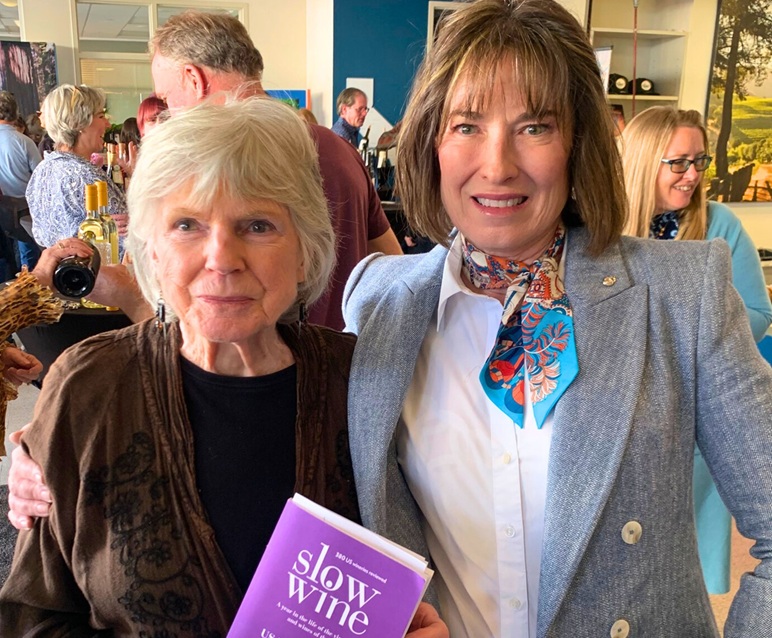
We are fortunate to live in a region where the producers are so committed to sustainability. Here sustainability is actually the rule, rather than the exception. This issue highlights many ways that sustainability is woven into the fabric of our community, which could one day become the capital of the sustainable food industry, if one organization has its way.
We start at Terra Savia, the winery and olive mill in Hopland. If you’re familiar with them, then you probably know about their conservation and sustainability practices, from solar power to fish-friendly farming to their onsite animal sanctuary. They also use vermifiltration (worms) to treat their winery wastewater, and recently decided to pilot the same process on the wastewater from their olive mill (click here to read). Though worms make some of us squeamish, there’s something poetic – and powerful – about these critters’ ability to naturally filter toxic substances from water and return it safely to Mother Earth.
And it’s not only producers who are committed to sustainability – our counties are home to thousands of individuals who practice sustainability in their everyday lives. This includes the foragers who harvest wild mushrooms in our forests. Wild foraging is the ultimate no-impact form of feeding oneself: it doesn’t involve farming, has almost no carbon footprint, and if done responsibly, preserves the ecosystem. We’ve got advice and tips here and here from local mushroom expert William Sprague on how to increase your chances of finding fungi while also keeping yourself and the forest safe. Keep reading here and you’ll find some delicious mushroom recipes from Chad Hyatt, a passionate forager who just happens to also be a professional chef. More on Chad here.
Sadly, local edible mushrooms are one of the only native Californian species that we routinely consume. Yet there are hundreds of others out there, and few outside of Indigenous communities ever utilize them. One startup company in Mendocino County, Manzanita Cooperative, is trying to change that, by bringing nutritious, abundant native Californian foods such as acorn flour and lupini beans to a mass market. They’re hoping that by doing so they’ll be the catalyst that pushes California – and the world – towards more sustainable agriculture in the face of climate change and dwindling biodiversity. You can read more about their plans here.
We hope that you enjoy this issue, and that it provides much food for thought – and for your belly – as we get through this long, cold winter together.

Publisher & Managing Editor,
Edible Mendocino & Lake Counties





